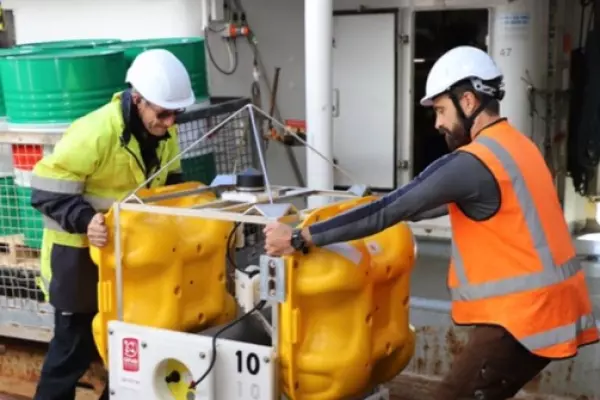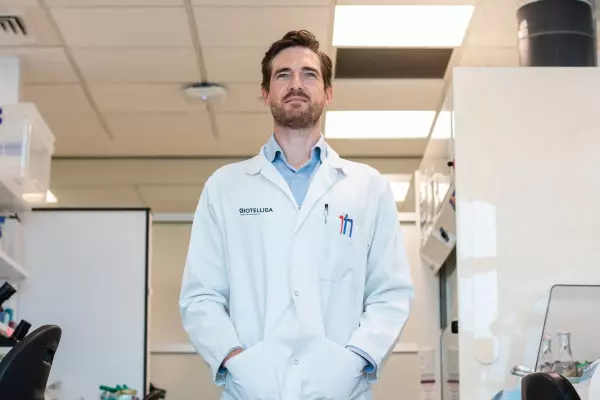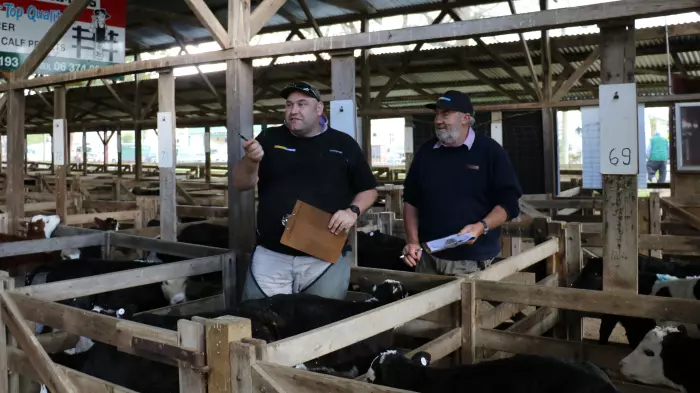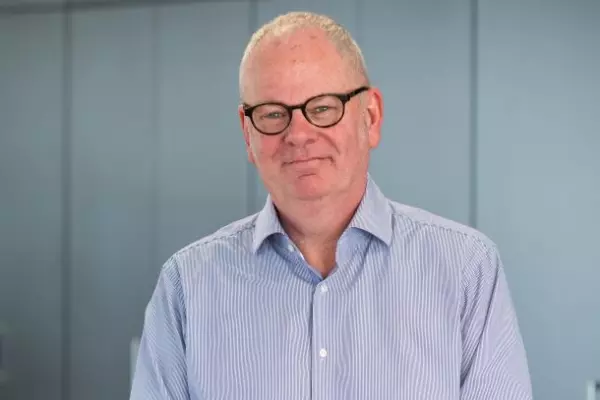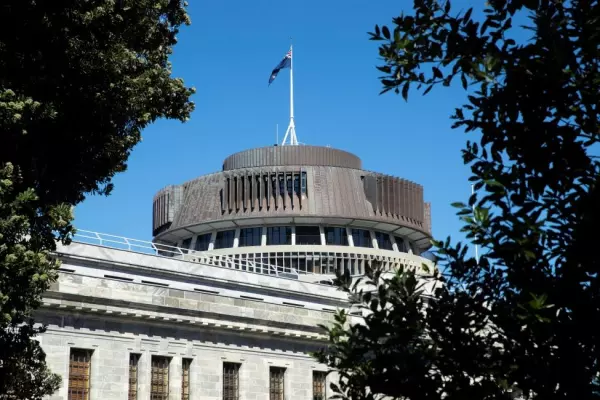“To be Marsden-fundable, the research needs to be risky,” says Massey University physicist Joachim Brand.
His current project is “Three Atoms in a Tight Spot”. Among its risks are that lots of time on New Zealand supercomputers will yield difficult-to-understand answers which, for now, have no obvious practical use.
That’s what the Marsden Fund is for, as Brand explains it.
“If you’re already sure of what’s going to happen when you do your research, [Marsden] won’t fund it, because it’s just standard, run-of-the-mill churning.
“There needs to be a bit of this unknown, surprise element,” he told BusinessDesk.
Brand is half of a two-person team, with Mikkel Andersen from the University of Otago, uncovering what happens when ultra-cold atoms get trapped close to one another.
Theory dictates that the atoms keep their distance from one another for a short time, and then two of them combine to form a molecule, kicking the third one out of the scenario - a process called three-body recombination.
Atomic-level tweezers
That has been observed in big clouds of gases but, as Brand notes, “in gases, all sorts of things happen.” Atoms in a gas move around chaotically and this three-body recombination happens quickly.
In contrast to what happens in a gas cloud, Andersen had earlier worked on a project that used a device called optical tweezers to trap just three singular atoms together. He had noticed that these atoms stayed separated for about a thousand times longer than theory expected, and longer than observed in a larger body of gas. “That piqued our interest,” says Brand.
With a Marsden Fund grant of nearly $1m for three years of work, the pair now hope to understand why the singular atoms hang around for longer.
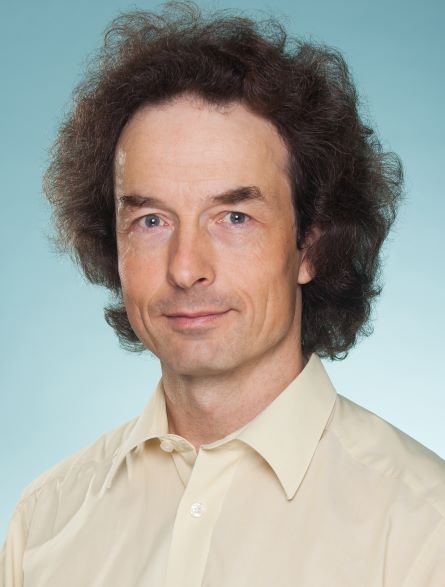 Misbehaving atoms "piqued our interest", says Joachim Brand (Image: supplied)
Misbehaving atoms "piqued our interest", says Joachim Brand (Image: supplied)The project has an experimental element but is largely theoretical, explains Brand. A big chunk of their time is spent developing computer code that can solve the complex mathematical equations that explain what’s going on with the atoms.
Using these equations, Brand and Andersen hope to understand under what scenarios the atoms behave chaotically, like in the gas, or more regularly, like when they’re confined in the optical tweezers’ laser beam.
It barely computes
“Even though these equations are easy to write down, they are very difficult to solve,” explains Brand. “Essentially there are too many possibilities to keep track of, even for a big computer.”
So far they’ve written some of the mathematical code and will soon be running it on supercomputers at Massey University in Auckland and the NZ eScience Infrastructure facility in Wellington. It’s early days for the team, despite being two years in, because covid border restrictions mean their PhD and postdoctoral students have only just joined the team.
Unlike some projects - slow earthquake research, for example - Brand and Andersen say three years is a good chunk of time to work on their specific research problem. They see it a bit like solving one corner of a jigsaw puzzle: they have a wider goal and bigger questions in mind, but focus on one step at a time.
“I have some ideas of where I want to go with my research and I think I could find [funding sources] that fit with the things that I’m interested in,” says Brand.
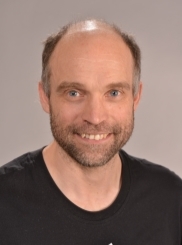 Mikkel Andersen: working experimentally on the frontier. (Image: supplied)
Mikkel Andersen: working experimentally on the frontier. (Image: supplied)They get some funding through the Dodd-Walls centre of research excellence they’re both a part of, but Marsden is a key source of funds for this kind of work. When it comes to the finer points of quantum physics, there’s no direct, commercialisable application to justify the work.
Yet understanding the fundamentals of the universe seeds the technologies of the future (think solar cells or advances in computing), which is why taxpayers invest in blue-skies research. Often, the eventual applications of this research are far-reaching but difficult, if not impossible, to envision at the time the research is being done.
Why should New Zealand be doing fundamental, theoretical research on atoms? What’s in it for us?
It is true that the fund is named after Ernest Marsden, who worked with Ernest Rutherford on fundamental atomic research a century ago – but that’s not the reason to do atomic physics in NZ today.
Andersen, who has worked in research institutes all over the world, says that countries that put a stronger emphasis on theoretical physics also have bigger tech industries. The link is more than coincidental, he says. “If you don’t make the investment, you don’t get the outcomes.”
What’s the right quantum?
The Marsden Fund is happy to invest in such ideas, even without a clear benefit or direct outcome. “The Marsden Fund is about long-term benefits to New Zealand,” says Rachel Averill, Programme Manager for the Marsden Fund.
“Serendipitous findings can sometimes arise from discovery research that leads to all kinds of benefits, and these are impossible to predict in the short term. Sometimes the benefits from a Marsden project may not be apparent till years after it’s finished.”
In the case of the atoms, Averill says the research builds capacity and capability in Aotearoa, “which in turn broadly contributes to the richness of our society”. She adds that having experts on hand can be unexpectedly valuable, as was the case for expert virologists, also a niche science, during the covid pandemic.
Andersen and Brand argue that more money should go towards fundamental research in Aotearoa. “It’s a challenging environment in terms of funding sources. NZ has fewer opportunities than other countries,” says Brand.
Marsden’s maximum grant sizes haven’t increased since 2016. With the effects of inflation, that’s effectively a sinking lid.
Andersen notes too that the cap for funding is the same regardless of whether a project is theoretical or experimental. Experimental projects often require purchasing, upgrading or maintaining specialised equipment as well as hiring extra personnel to work that equipment.
“There’s not a good understanding for what it actually takes to do experimental physics research,” Andersen says. “Every project we do, we have new technological developments. When you’re working experimentally on the frontier, you continue to invest in equipment.”
Limited funding also means it’s not possible to establish big, long-term research groups or labs like they do at many overseas universities, says Brand. Researchers can only apply for one grant a year as the principal investigator, and must wait for their current project to finish before they can reapply.
“It’s not personally an issue, but it could slow progress because you’re not doing multiple projects at a time,” he says.
Fundamentally apolitical
The Marsden Fund Council can make a case to the government for more funding, but as Averil says, “We’re competing with other things, so it’s quite challenging.”
While being at the whim of the government on overall funding, Averill says a great strength of Marsden funding is that it’s given out through the Royal Society, so dollars aren’t tied to the government’s socio-economic priorities. “It’s very much about fundamental discovery, investigator-led research. It doesn’t have to fit government priorities,” she says.
Instead, projects are chosen based on how well they’ll be able to expand understanding of particular theories or methods, whether they’re interdisciplinary, how original they are, and the expertise of the research team putting in the proposal. There’s also an emphasis on supporting PhD students and new researchers to build NZ’s pool of researchers.
Amid a proposed shakeup of the science ecosystem as a whole, Marsden funding, or something akin to it, looks like it will remain.
According to the green paper: “Researchers need to be able to investigate future opportunities for NZ whether or not they align with existing conditions or priorities.”
So blue-skies research remains on our horizon.





